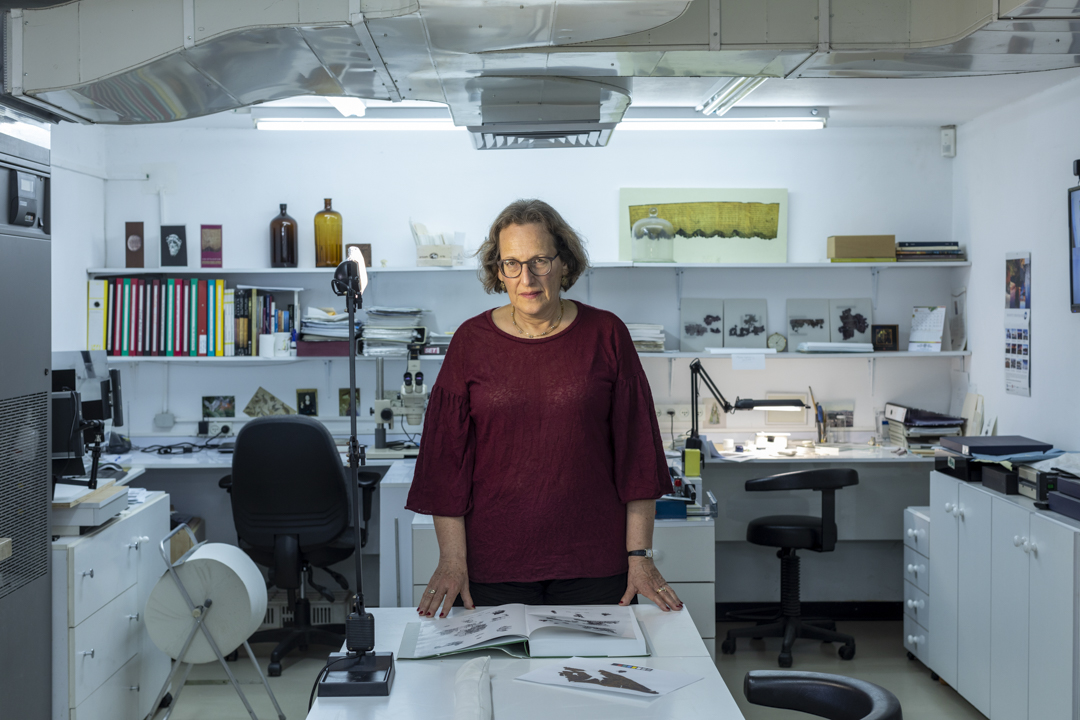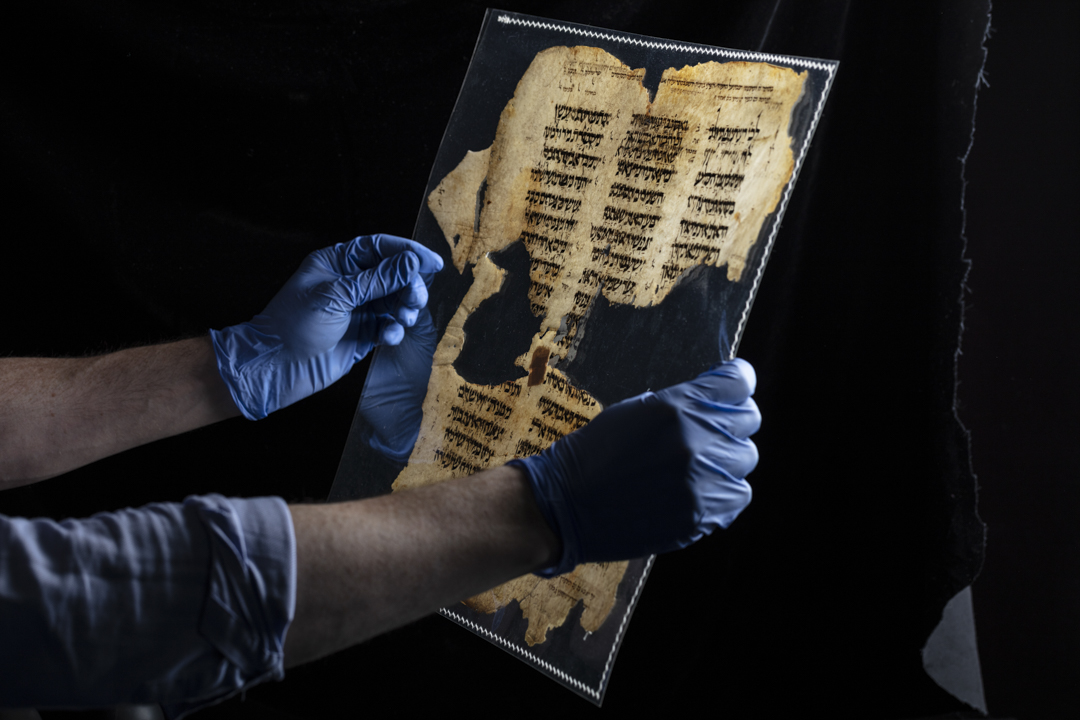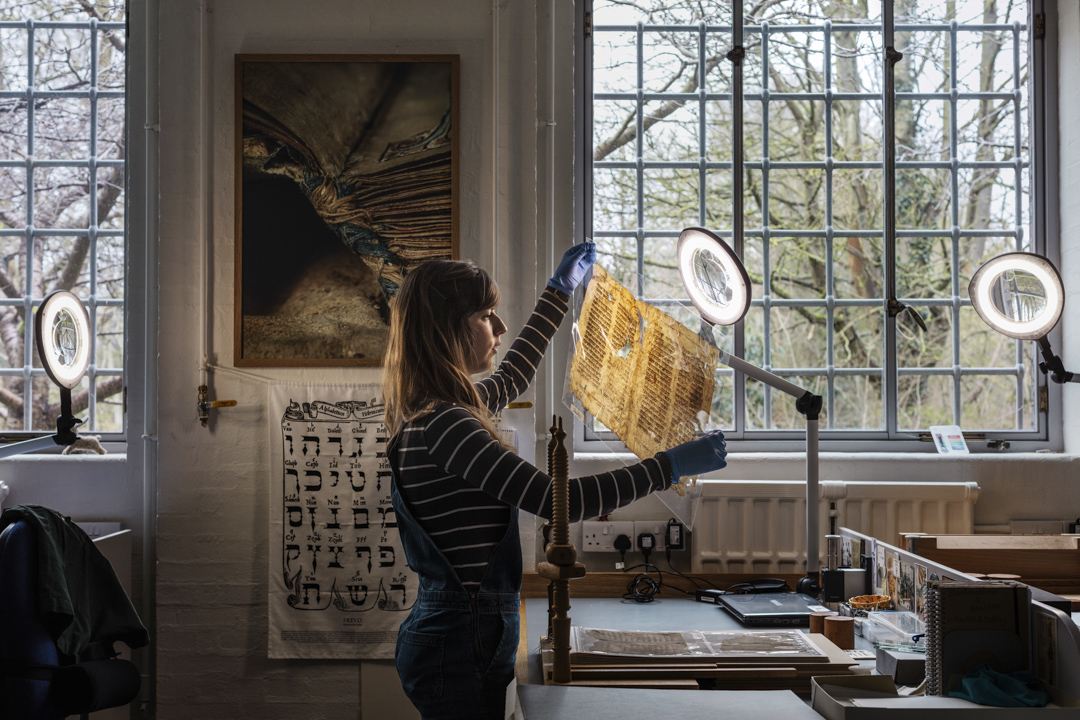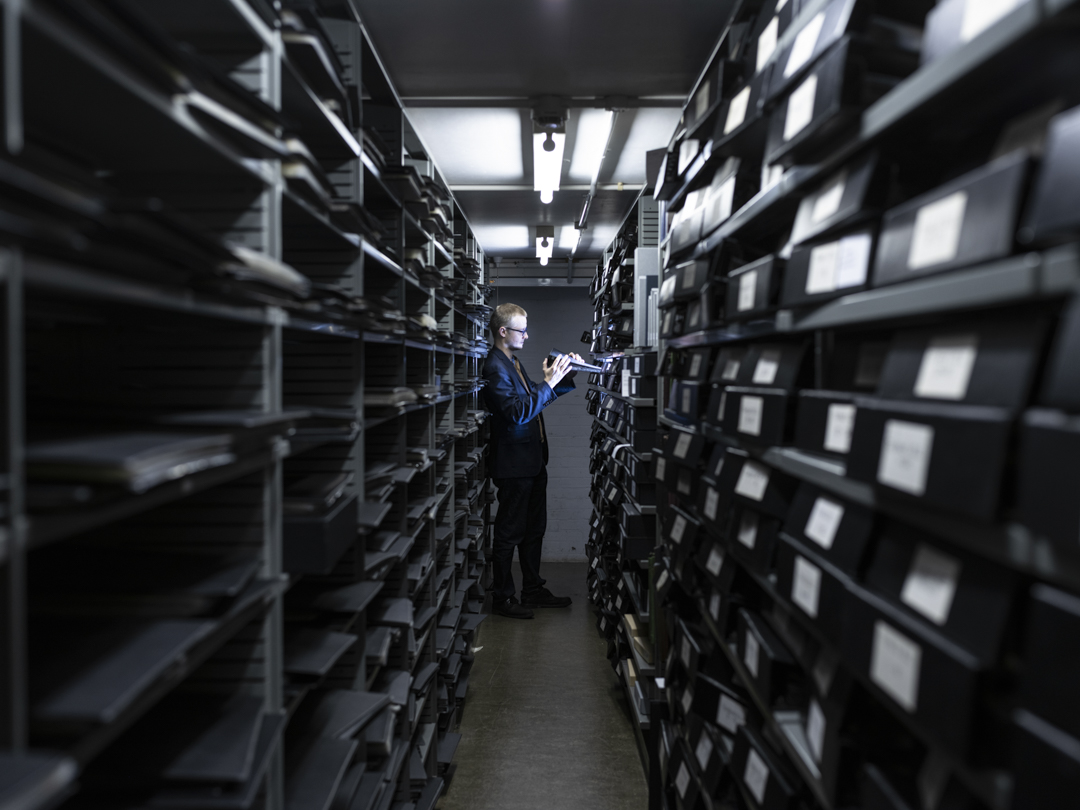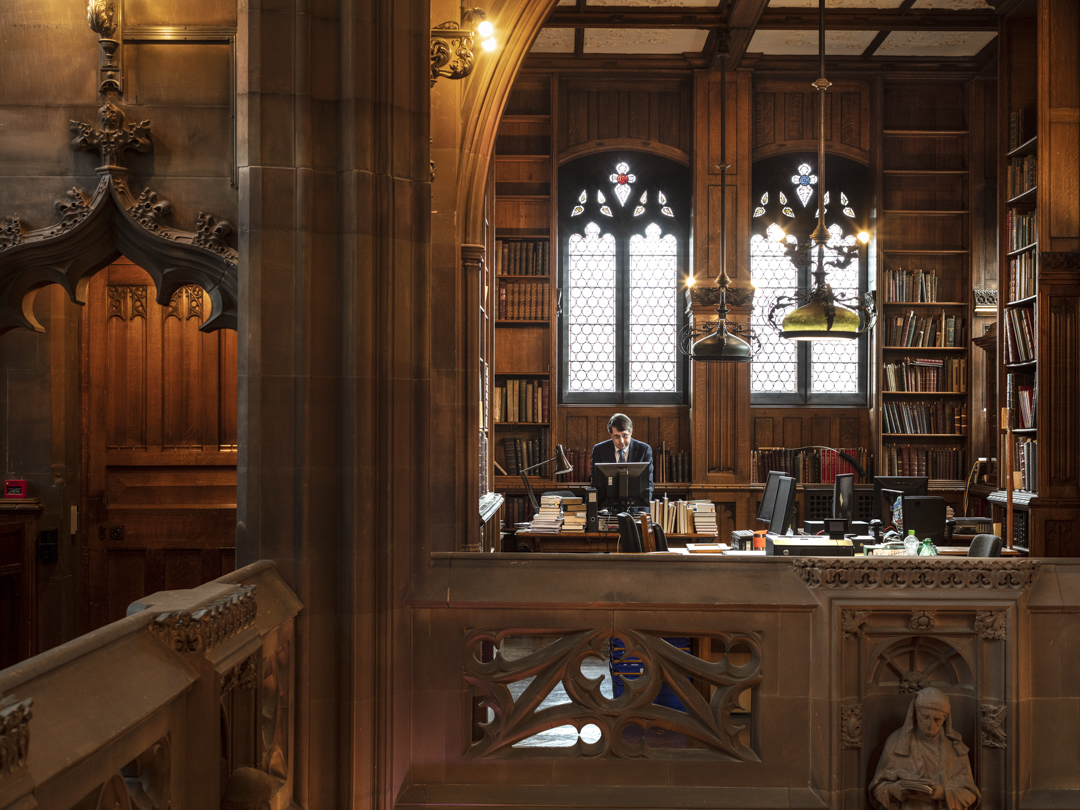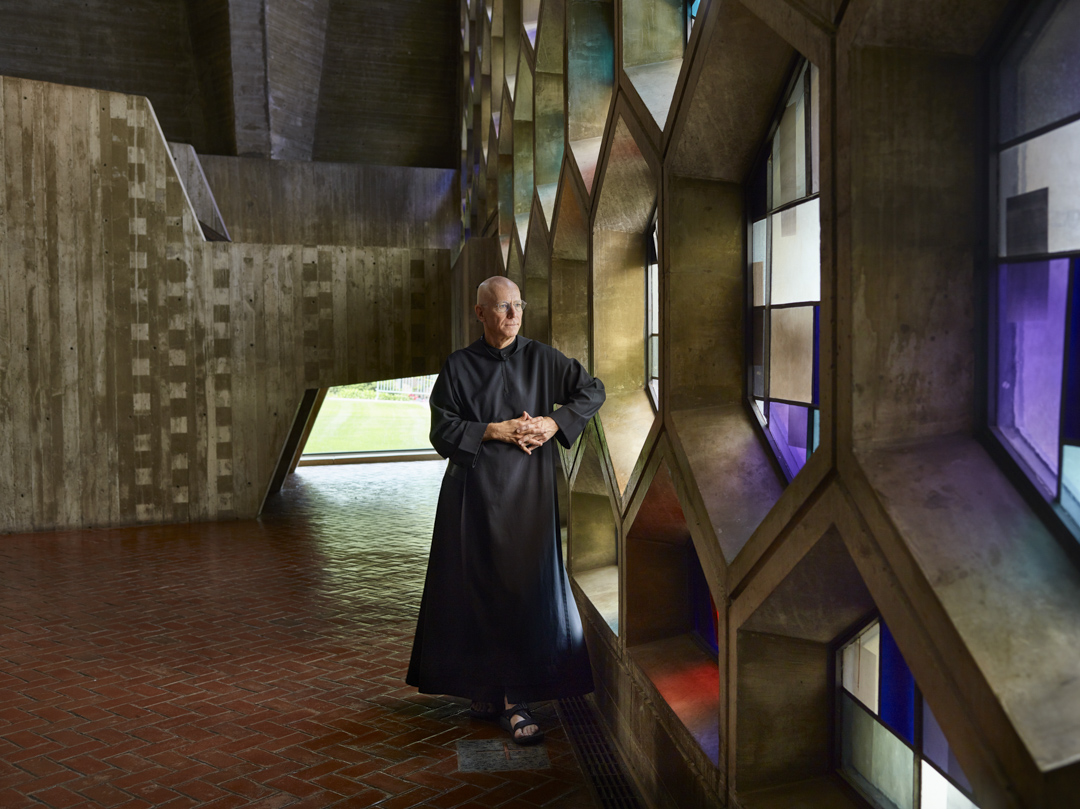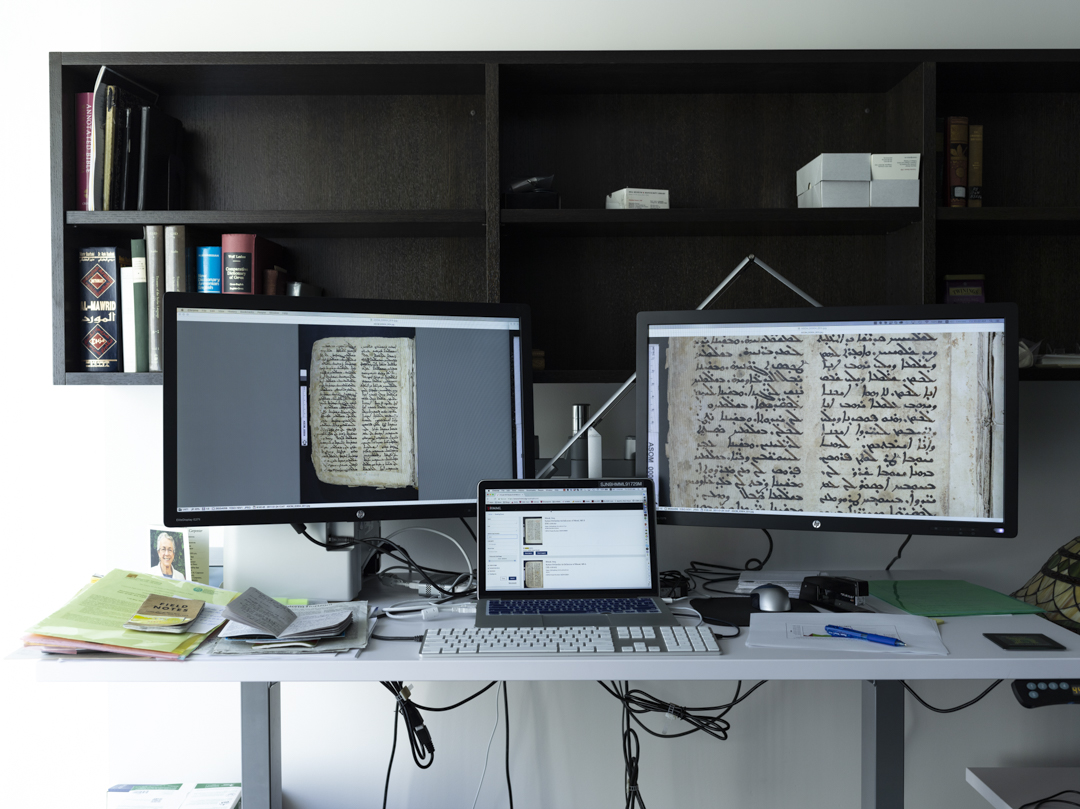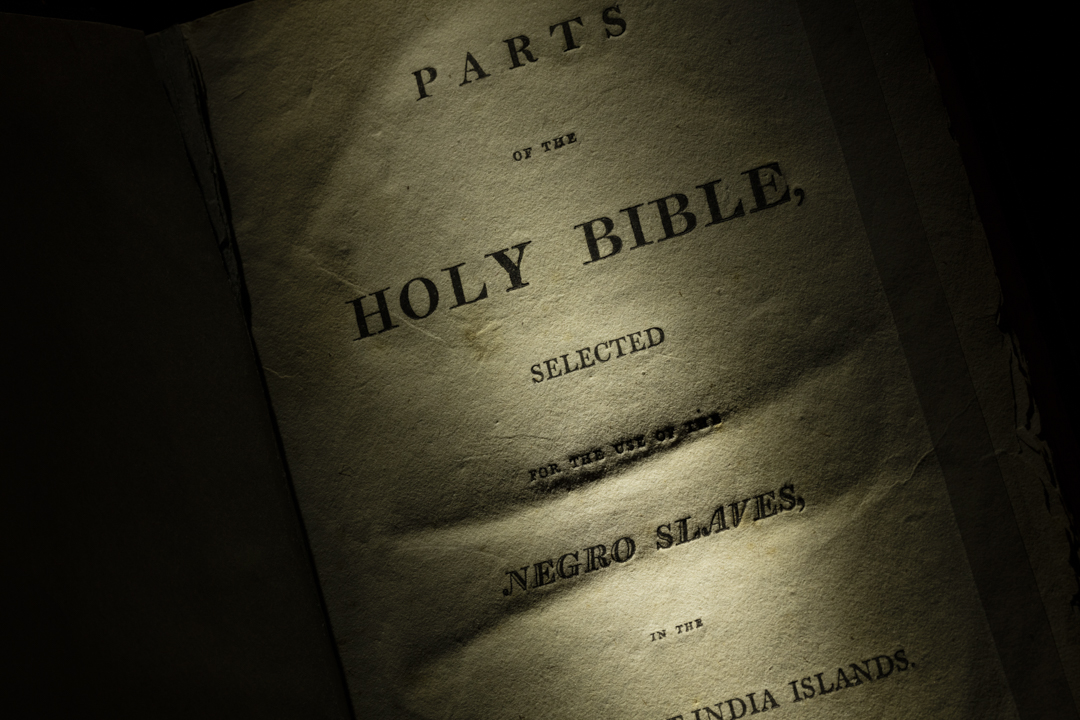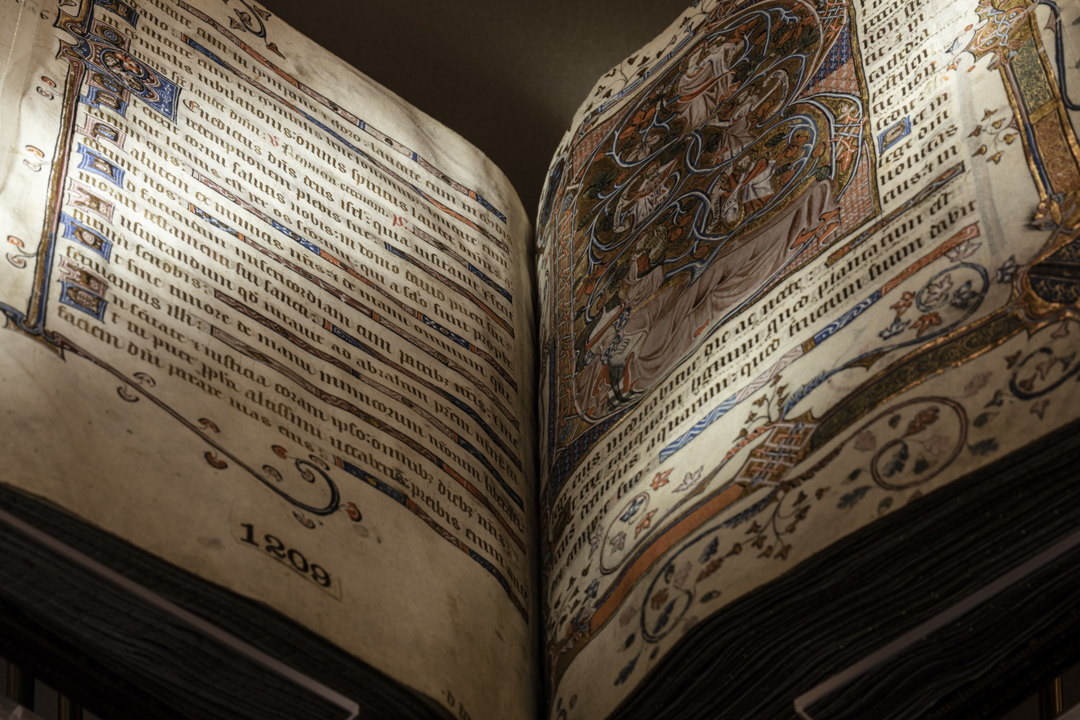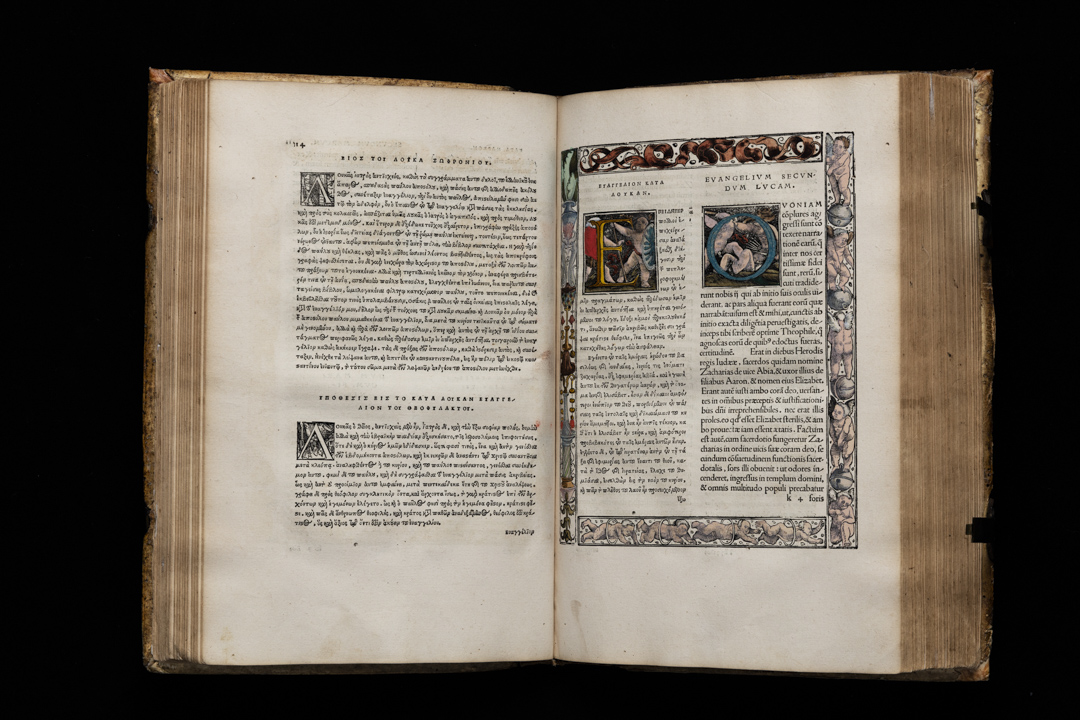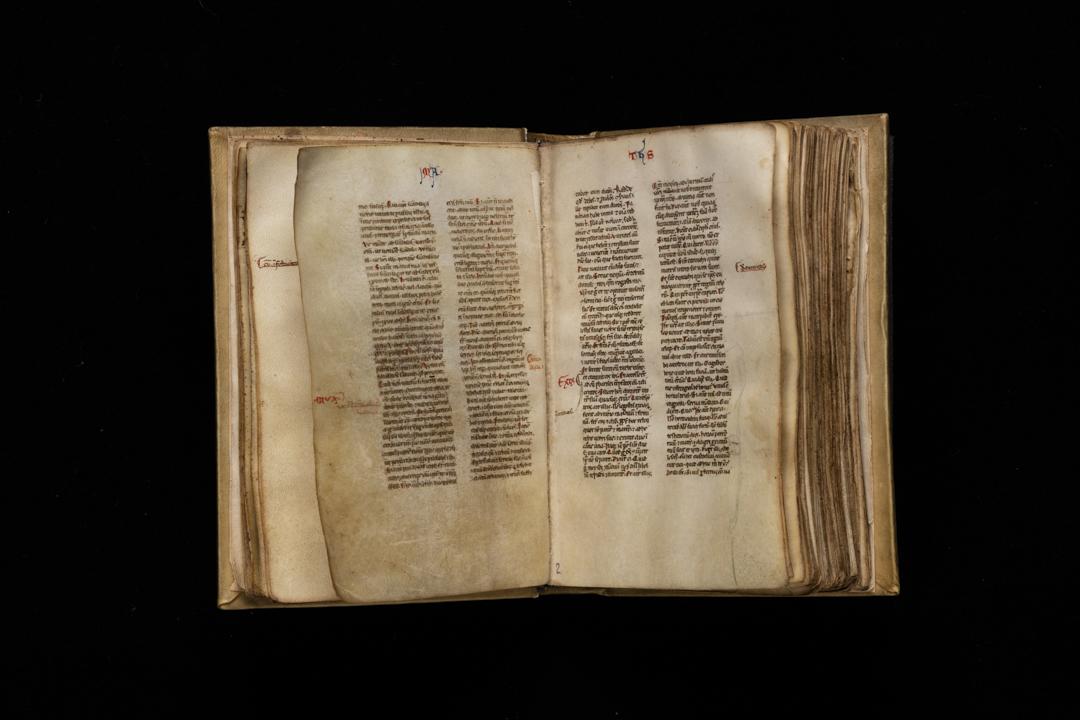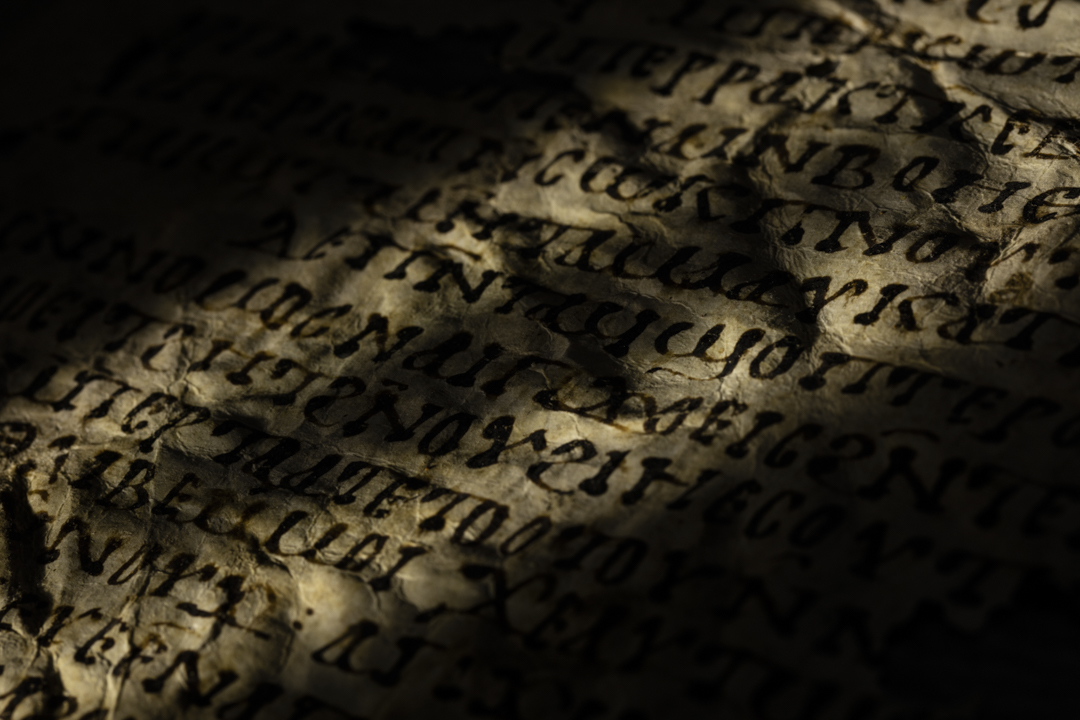Bible Hunters, 2018
In 2018, Paolo Verzone, on assignment fo National Geographic, sets out to follow in the footsteps of the Bible hunters.
In this series we discover a world of archaeologists, monks, historians and antique dealers who search, study, handle, restore, sell and buy these manuscripts.
Israel / West Bank
In 1947, young Bedouins made one of the major archaeological discoveries of the 20th century: seven scrolls, covered with writings in ancient Hebrew – the first of the famous Dead Sea Scrolls. They were unearthed in the Qumran cave system in the West Bank. This area, now occupied by Israel, contains ancient manuscripts dating from the 3rd century BC to 70 AD.
They were probably hastily hidden in the cave by followers of the separatist sect of Qumran around AD 70. Subsequently, some 970 manuscripts, some of them only in minute fragments, dating back to the 3rd century BC, were exhumed there. These are the oldest biblical texts ever found to date.
Among these documents are many books of the Old Testament, the Jewish Bible, which is also the foundation of the Christian faith. One of the most valuable is an almost complete copy of the book of Isaiah.
Now archaeologists are hoping to get their hands on fragments of the New Testament. This founding text for Christians relates the life of Jesus. Researchers are convinced that the Qumran excavations contain older accounts. Since 2010, “cave 53” has been attracting particular attention. Numerous potteries from different periods have been found there, ranging from the Hellenistic period to the early Islamic period.
The Byzantine cellar of Khader Baidun’s antique shop is located on the Via Dolorosa in the Old City of East Jerusalem. The cave, which serves as a warehouse, contains pottery, some of which dates back to the time of Jesus.
“Khader’s cave remains one of my favourite places: a world out of time, where two thousand years of history live together in ten square metres!”. Paolo Verzone
The Israel Antiquities Authority is the government section responsible for the discovery, excavation and conservation of Israel’s antiquities and archaeological sites.
During the multispectral photo session twenty-eight types of light exposures are used to show different elements in the scrolls, allowing for a “new reading of the text and, more important than that, conservation and preservation [aspects] of the scrolls,” explains IAA photographer Shai Halevi.
Pnina Shor, curator and head of the Dead Sea Scrolls projects at the Israel Antiquities Authority, inside the Scrolls conservation laboratory.
United Kingdom
The Cambridge University Library preserves, restores and digitises many ancient manuscripts.
The Digital Content Unit is responsible for digitising all content, including manuscripts, fragments and documents from a few millimetres to a few metres in length, for the Cambridge Digital Library, which is an open access public database of 735,000 documents. Created in 2007, this database is consulted in all countries of the world and digitises documents from multiple institutions. The department employs five photographers. The digitisation process includes photography, multispectral imaging, 3D imaging and photogrammetry (3D modelling).
United States
The American Benedictine monk Columba Stewart travels the world to photograph and catalogue more than 140,000 religious, scientific and literary texts threatened with destruction.
Since 2003, he has been the director of the Hill Museum & Manuscript Library. Working closely with international church leaders, governments and cultural organizations, he has overseen the digitization of Christian manuscript collections from Europe, Africa, the Middle East and India. He has also led initiatives focusing on the digitisation of Islamic manuscripts through his partnerships with libraries in the Middle East, Africa and India.
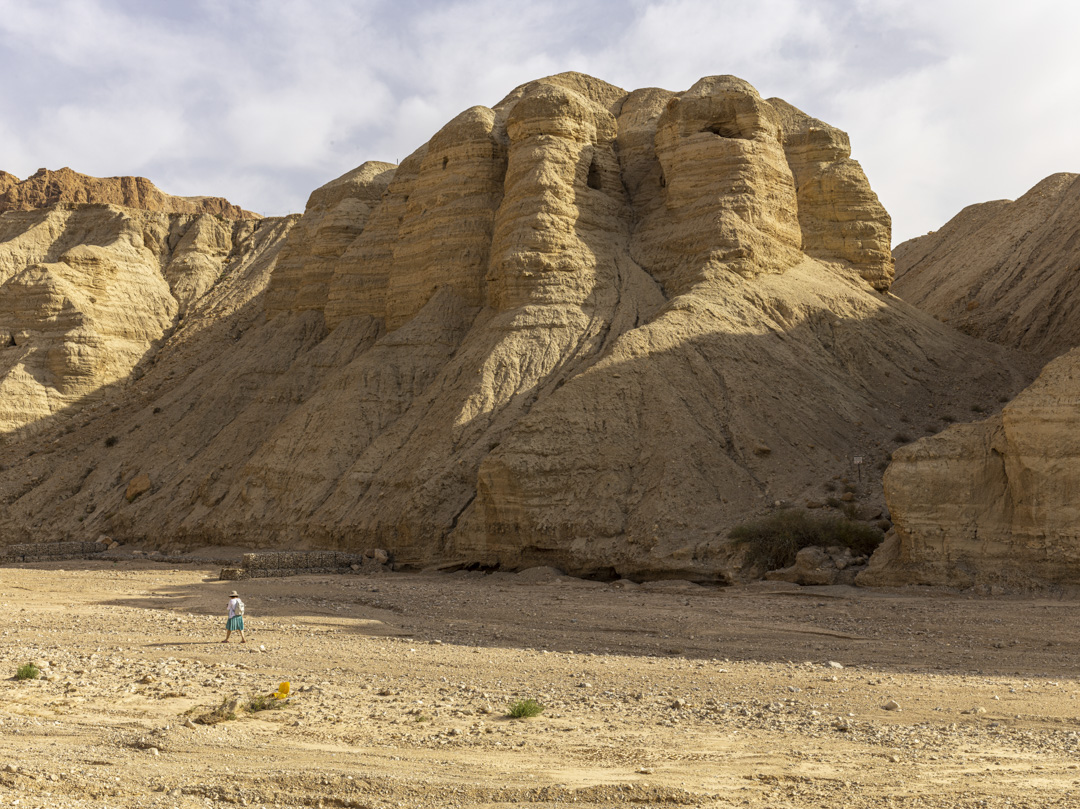

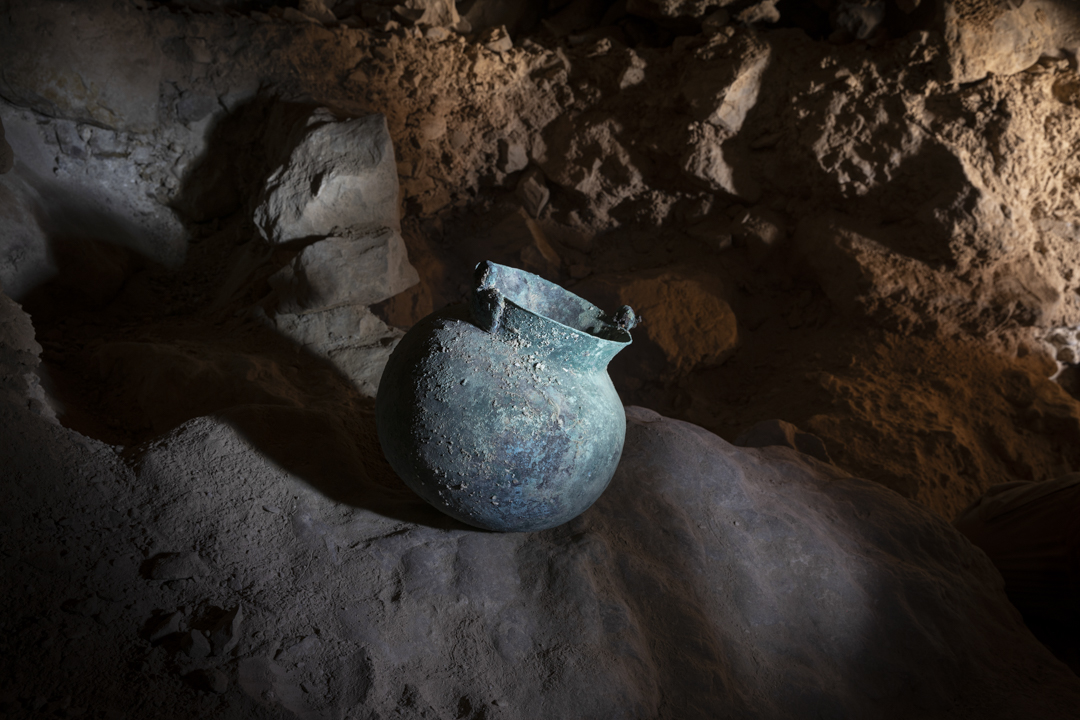
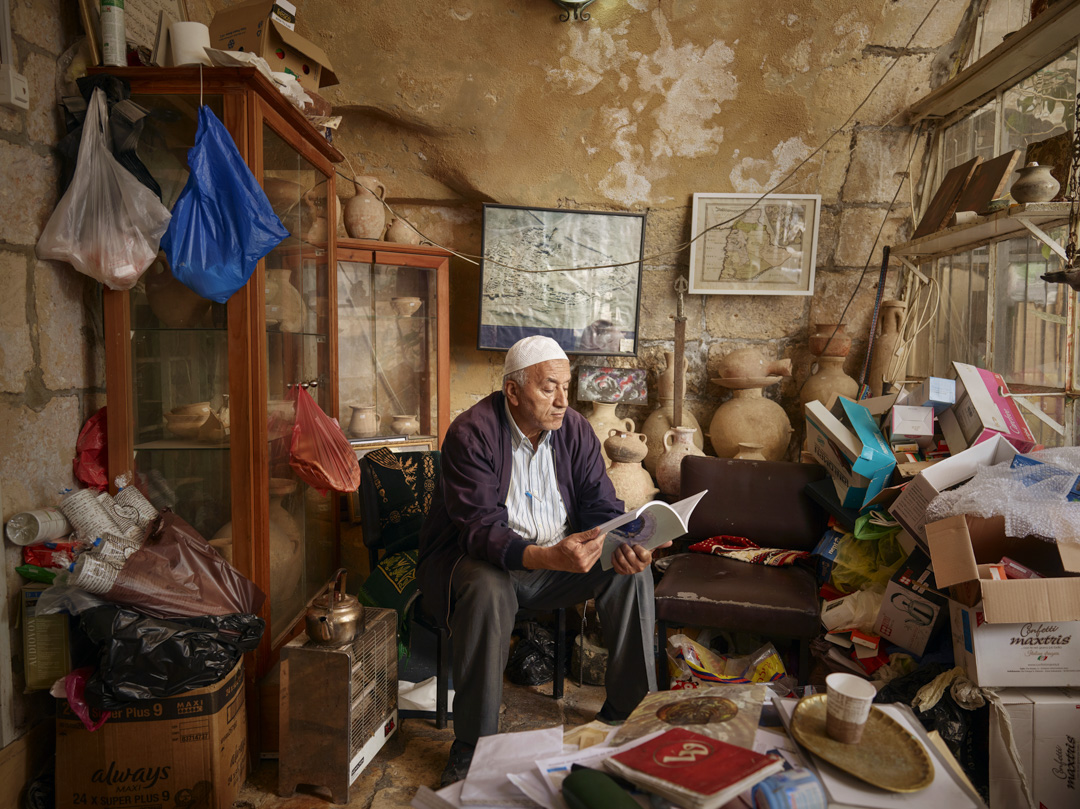

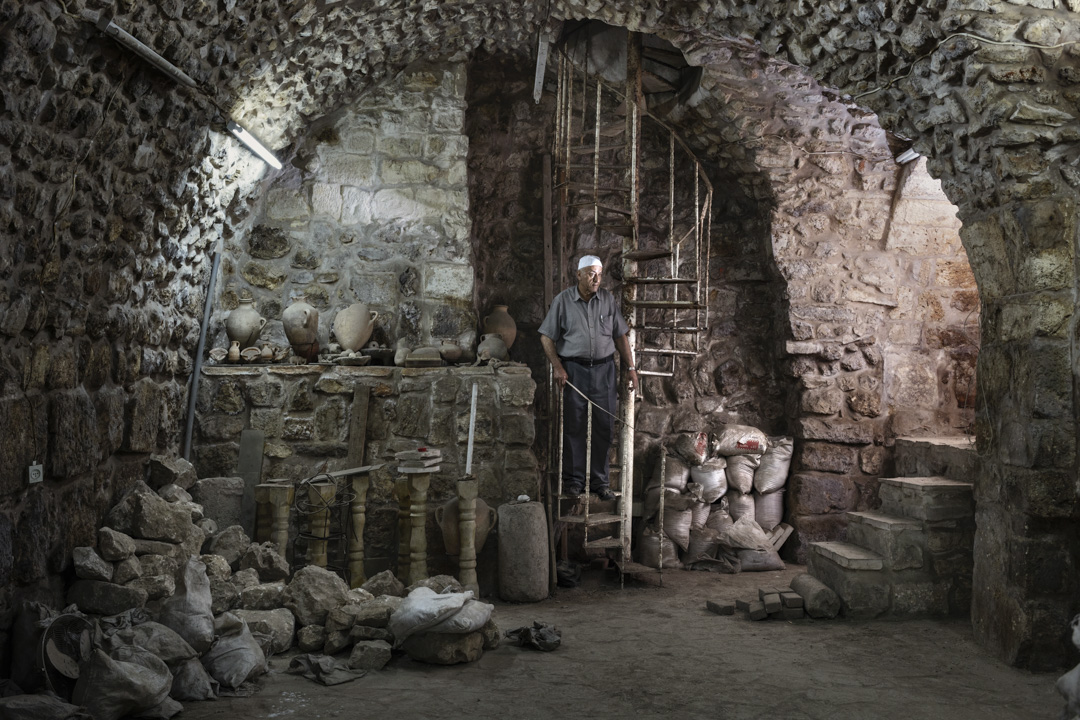
![Israel, Jeresulam, May 23, 2018 - Shai Halevi, Photographer of the IAA (Israel Antiquities Authority), perform a multispectral photo session on a scroll inside the Israel Antiquities Authority photo lab. During the multispectral photo session twenty-eight types of light exposures are used to show different elements in the scrolls, allowing for a “new reading of the text and, more important than that, conservation and preservation [aspects] of the scrolls,” explained the photographer who has taken on the arduous task of picturing the fragments and scrolls. He said the multispectral imaging “photographs the fragment on both sides, and we use these images for scientific and conservational purposes.”](https://agencevu.com/wp-content/uploads/2021/02/10_VERZ23948-2018CL31.jpg)
![Israel, Jeresulam, May 23, 2018 - Shai Halevi, Photographer of the IAA (Israel Antiquities Authority), perform a multispectral photo session on a scroll inside the Israel Antiquities Authority photo lab. During the multispectral photo session twenty-eight types of light exposures are used to show different elements in the scrolls, allowing for a “new reading of the text and, more important than that, conservation and preservation [aspects] of the scrolls,” explained the photographer who has taken on the arduous task of picturing the fragments and scrolls. He said the multispectral imaging “photographs the fragment on both sides, and we use these images for scientific and conservational purposes.”](https://agencevu.com/wp-content/uploads/2021/02/11_VERZ23948-2018CL32.jpg)
![Israel, Jeresulam, May 23, 2018 - Shai Halevi, Photographer of the IAA (Israel Antiquities Authority), perform a multispectral photo session on a scroll inside the Israel Antiquities Authority photo lab. During the multispectral photo session twenty-eight types of light exposures are used to show different elements in the scrolls, allowing for a “new reading of the text and, more important than that, conservation and preservation [aspects] of the scrolls,” explained the photographer who has taken on the arduous task of picturing the fragments and scrolls. He said the multispectral imaging “photographs the fragment on both sides, and we use these images for scientific and conservational purposes.”](https://agencevu.com/wp-content/uploads/2021/02/12_VERZ23948-2018CL36.jpg)
